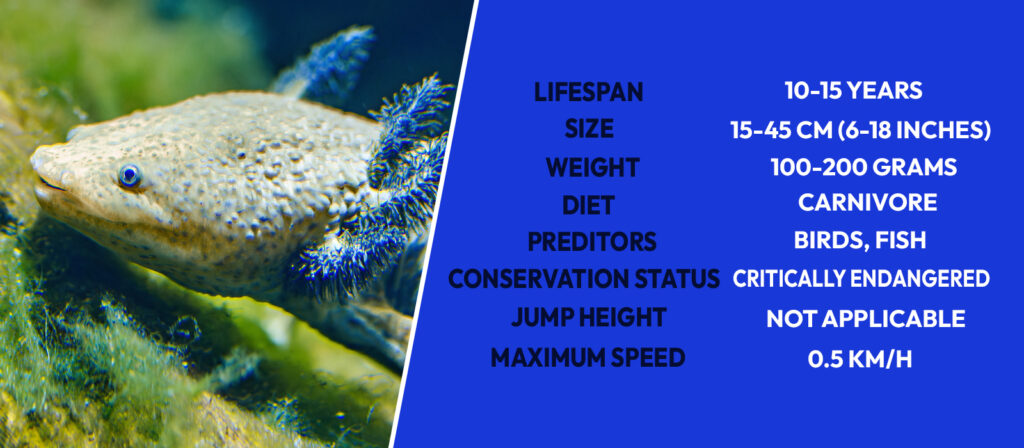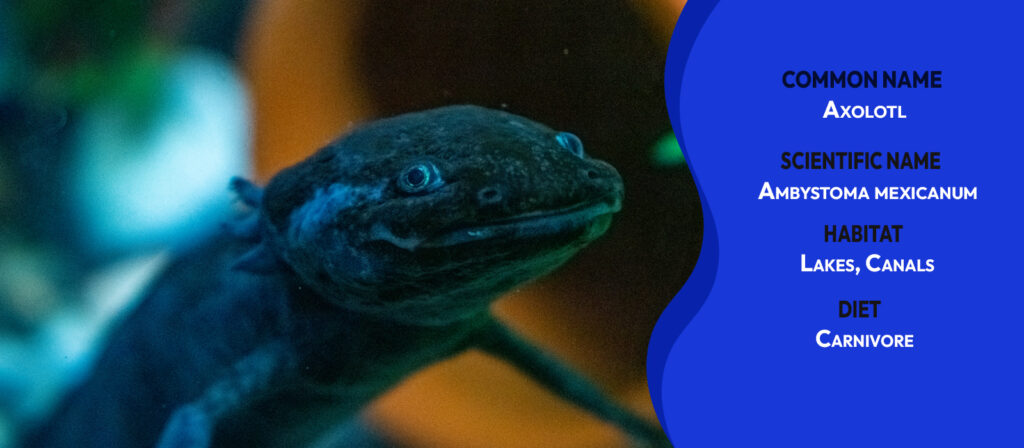
5 Fascinating axolotl facts
Introduction
Axolotls, often referred to as “Mexican walking fish,” are captivating creatures that have captured the hearts of many. These aquatic salamanders possess unique characteristics and remarkable abilities that set them apart from other amphibians. In this blog post, we’ll delve into five fascinating facts about axolotls.
fact 1: Axolotls can regenerate everything
One of the most astonishing aspects of axolotls is their extraordinary ability to regenerate lost body parts. Unlike most animals, axolotls can regrow limbs, tails, and even parts of their hearts. This regenerative power is unlike anything seen in most other vertebrates. In fact, scientists have compared their regenerative abilities to those of starfish, which are known for their remarkable ability to regrow entire limbs.
The process of axolotl regeneration is complex and involves a series of biological steps. When an axolotl loses a limb, a specialized tissue called blastema forms at the wound site. This blastema is composed of stem cells that can differentiate into various cell types, allowing the limb to be rebuilt. Scientists are particularly interested in studying axolotl regeneration because it could provide insights into developing new treatments for human injuries and diseases.
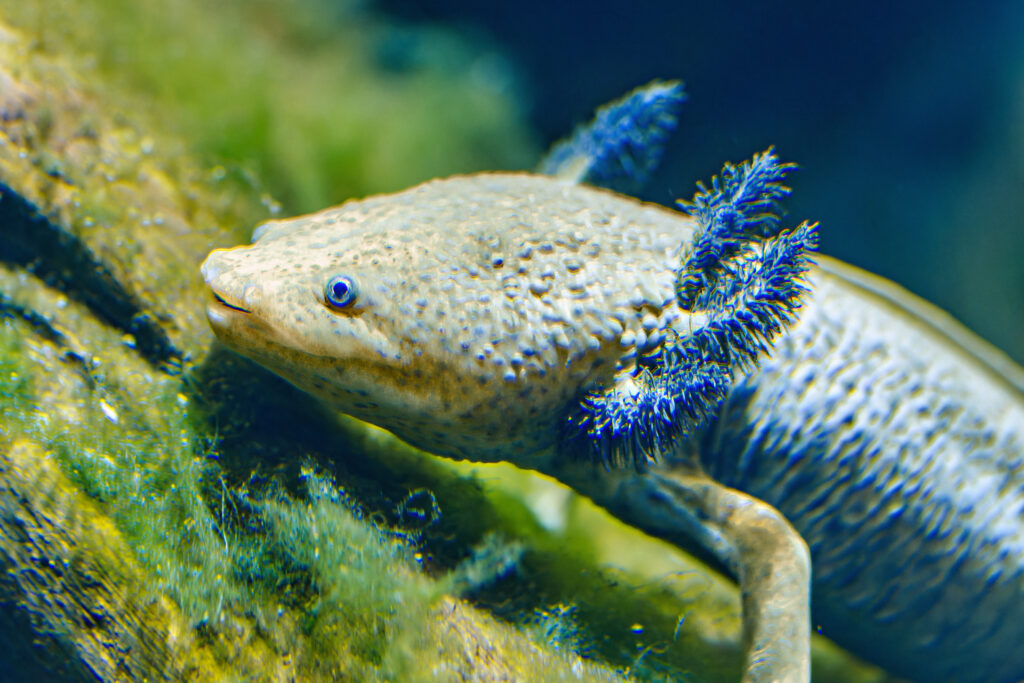
Fact 2: axolotl: A Lifelong Juvenile
Unlike many amphibians that undergo metamorphosis, axolotls retain their juvenile features throughout their entire lives. This phenomenon, known as neoteny, means that axolotls continue to have gills, a larval-like appearance, and an aquatic lifestyle even as adults. This adaptation allows them to thrive in the oxygen-poor waters of their native Mexican lakes. Neoteny is a rare trait among amphibians and contributes to the unique nature of axolotls.
One of the reasons for axolotls’ neoteny is their thyroid gland. In most amphibians, the thyroid gland produces hormones that trigger metamorphosis. However, in axolotls, the thyroid gland is less active, preventing them from undergoing this transformation. This allows them to maintain their juvenile features and adapt to their aquatic environment.

Fact 3: A Variety of Colors
Axolotls come in a variety of colors, adding to their allure. While the most common color is wild-type (brown with black spots), there are also albino (white with pink eyes), leucistic (white with black eyes), and melanoid (dark brown or black) variations. These color differences are caused by genetic mutations and contribute to the diversity of axolotl populations.
Albino axolotls are particularly striking due to their lack of melanin, the pigment that gives skin its color. Leucistic axolotls, on the other hand, have reduced melanin production, resulting in a lighter coloration. Melanoid axolotls have increased melanin production, leading to a darker pigmentation.
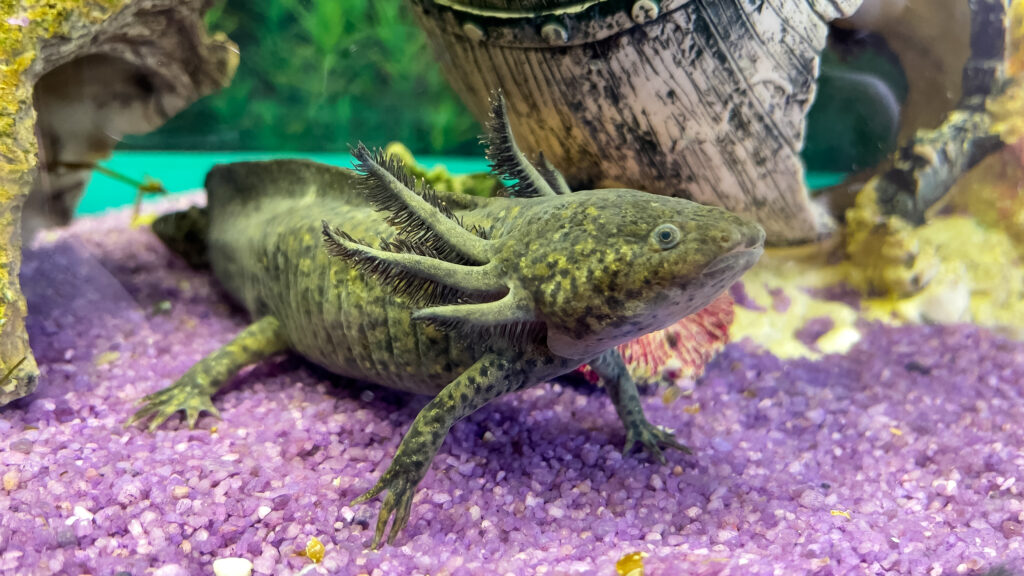
Fact 4: axolotl's Unique Feeding Habits
Axolotls are carnivores and primarily feed on aquatic insects, worms, and small crustaceans. They are ambush predators, meaning they wait patiently for prey to come close before striking. Their wide mouths and sharp teeth allow them to capture and consume their prey efficiently.
Axolotls have a unique feeding strategy that involves using their external gills to sense the presence of prey. When an axolotl detects movement in the water, it can use its gills to locate the source of the disturbance and then strike. This sensory adaptation allows axolotls to be successful hunters in their aquatic environment.
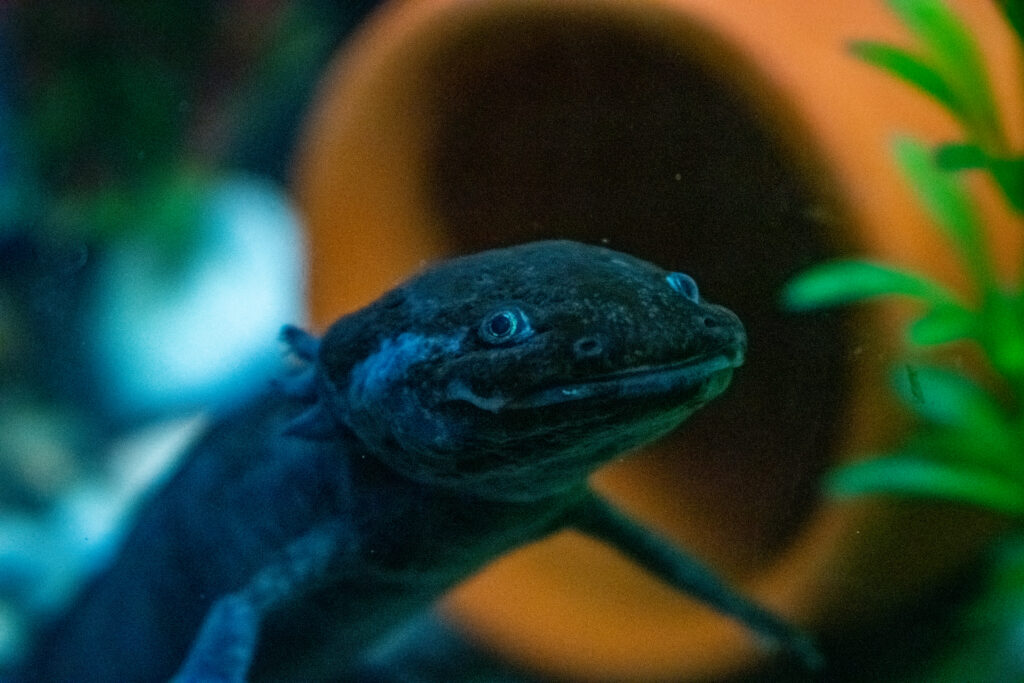
Fact 5: Social Creatures
Contrary to what their solitary appearance might suggest, axolotls are actually social creatures. They enjoy the company of others and can often be found in groups. In their natural habitat, they live in colonies within lakes and ponds. However, it’s important to note that keeping multiple axolotls together in a captive environment requires careful planning and monitoring to avoid aggression or territorial disputes.
Axolotls have complex social behaviors that can be observed in their natural habitat. They are known to engage in courtship rituals and territorial displays. Understanding these social behaviors is essential for providing appropriate care for axolotls in captivity.
Conclusion
Axolotls are fascinating creatures with a unique combination of features and abilities. From their incredible regenerative powers to their neotenous nature and diverse colors, there’s always something new to learn about these aquatic salamanders. Whether you’re a seasoned herpetologist or simply a curious animal lover, axolotls are sure to captivate your imagination.
